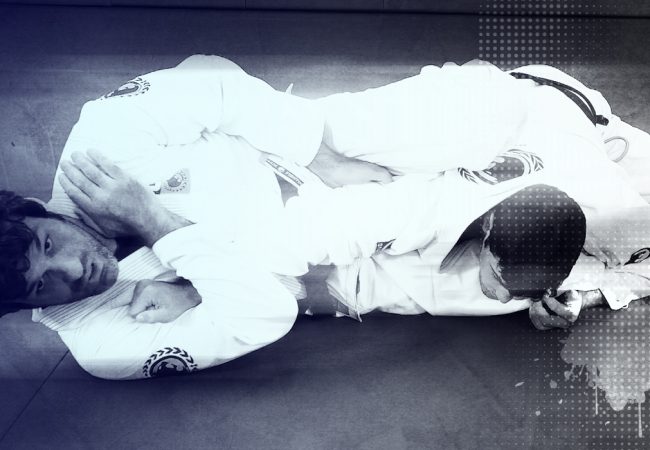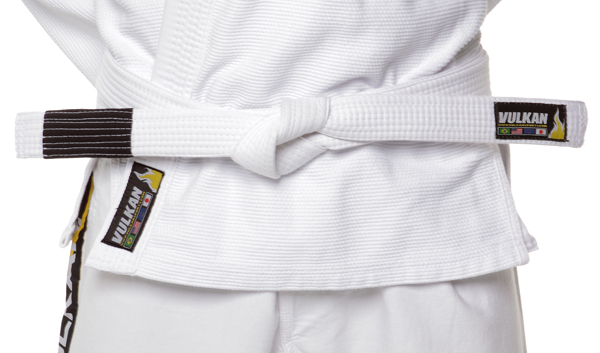[First published in 2009. Scroll down for plain text. Part of the Training for Warriors series, by Martin Rooney*]
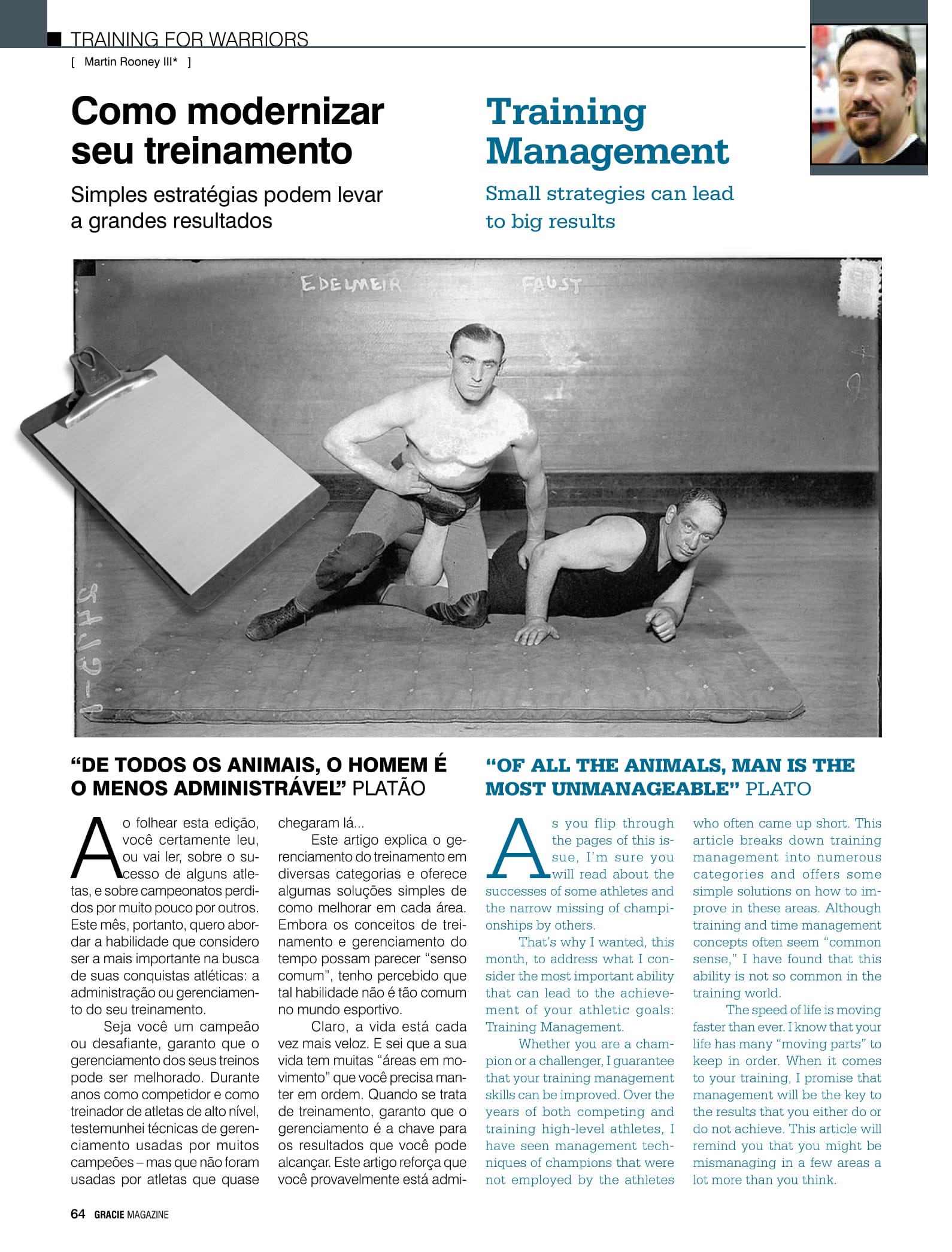
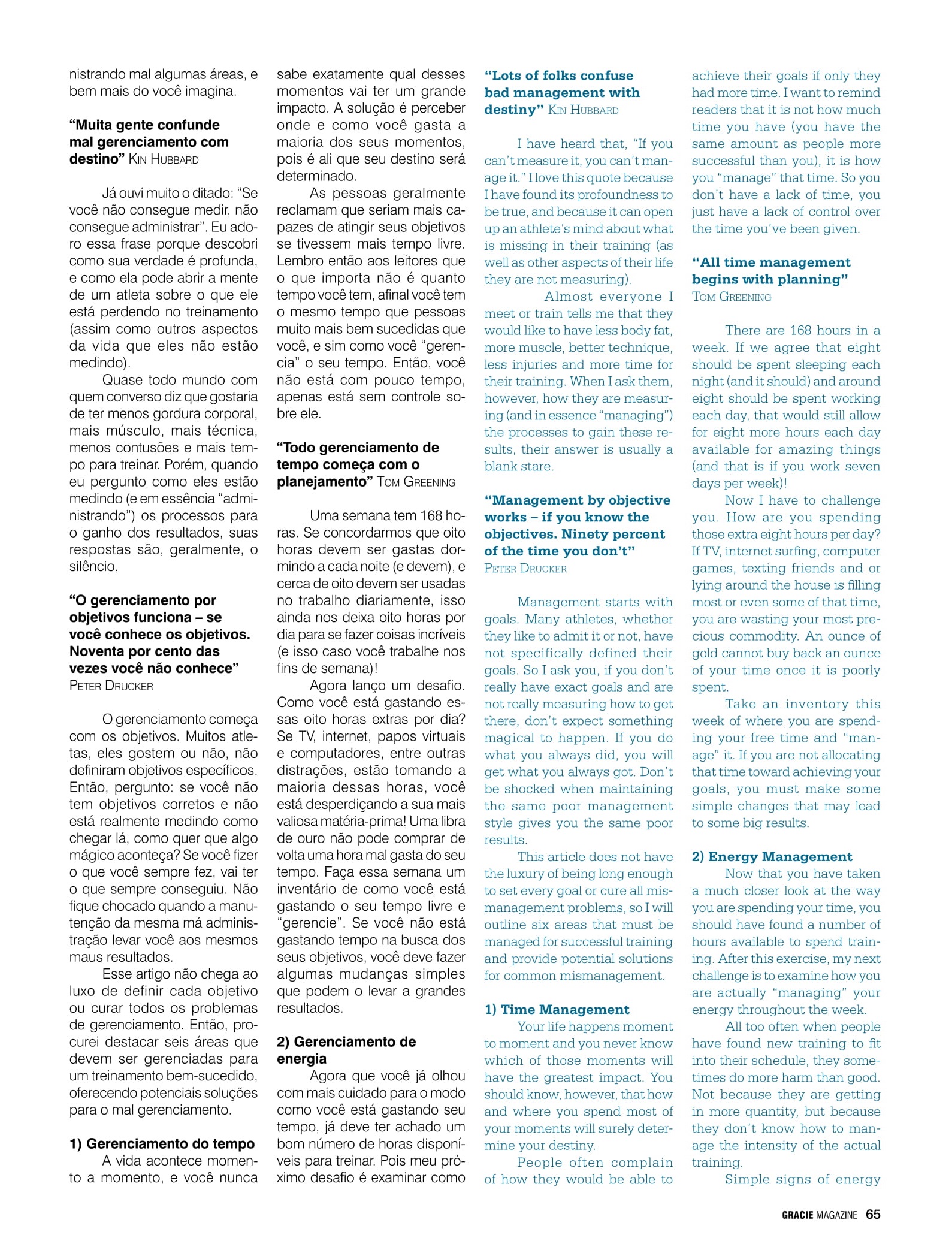
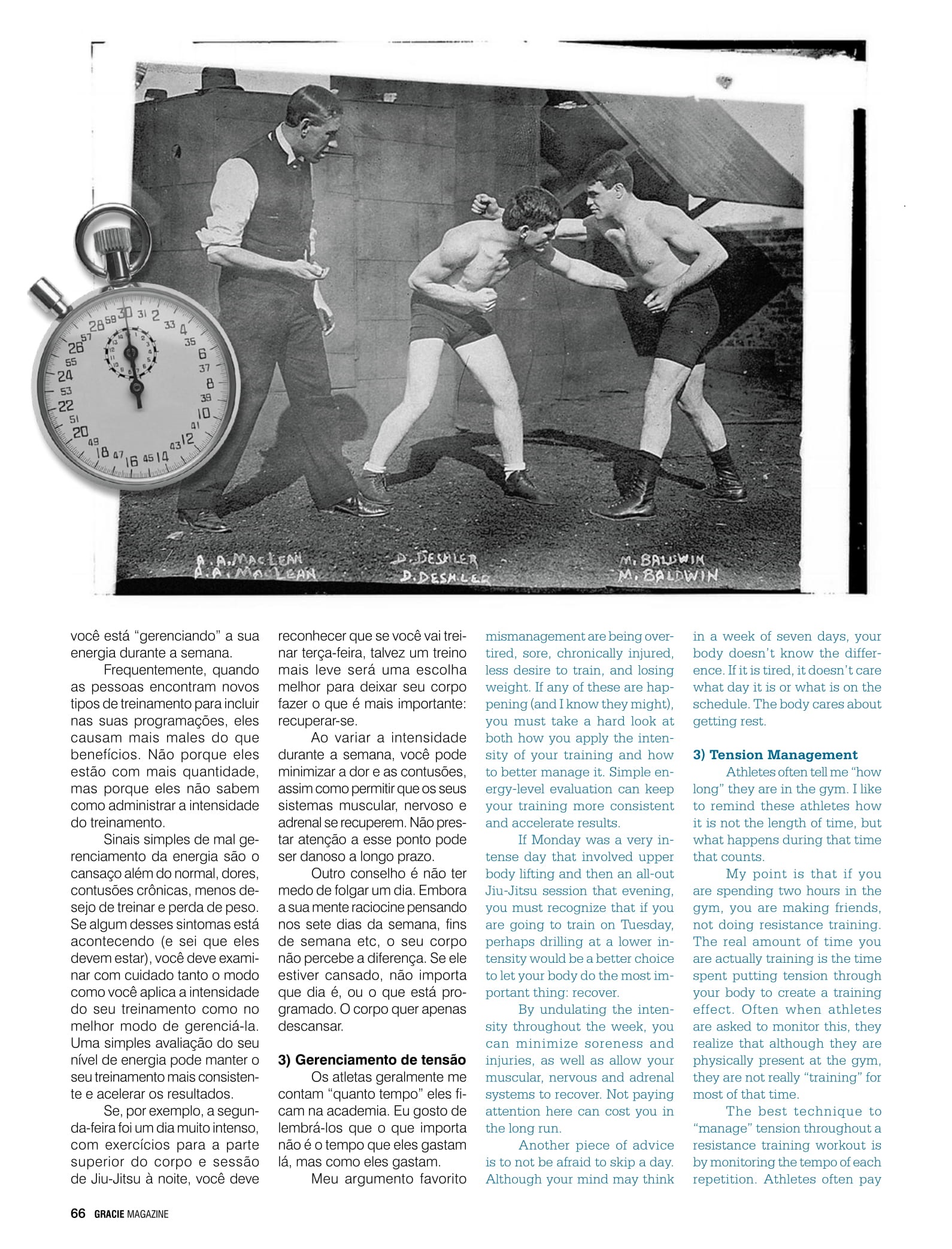
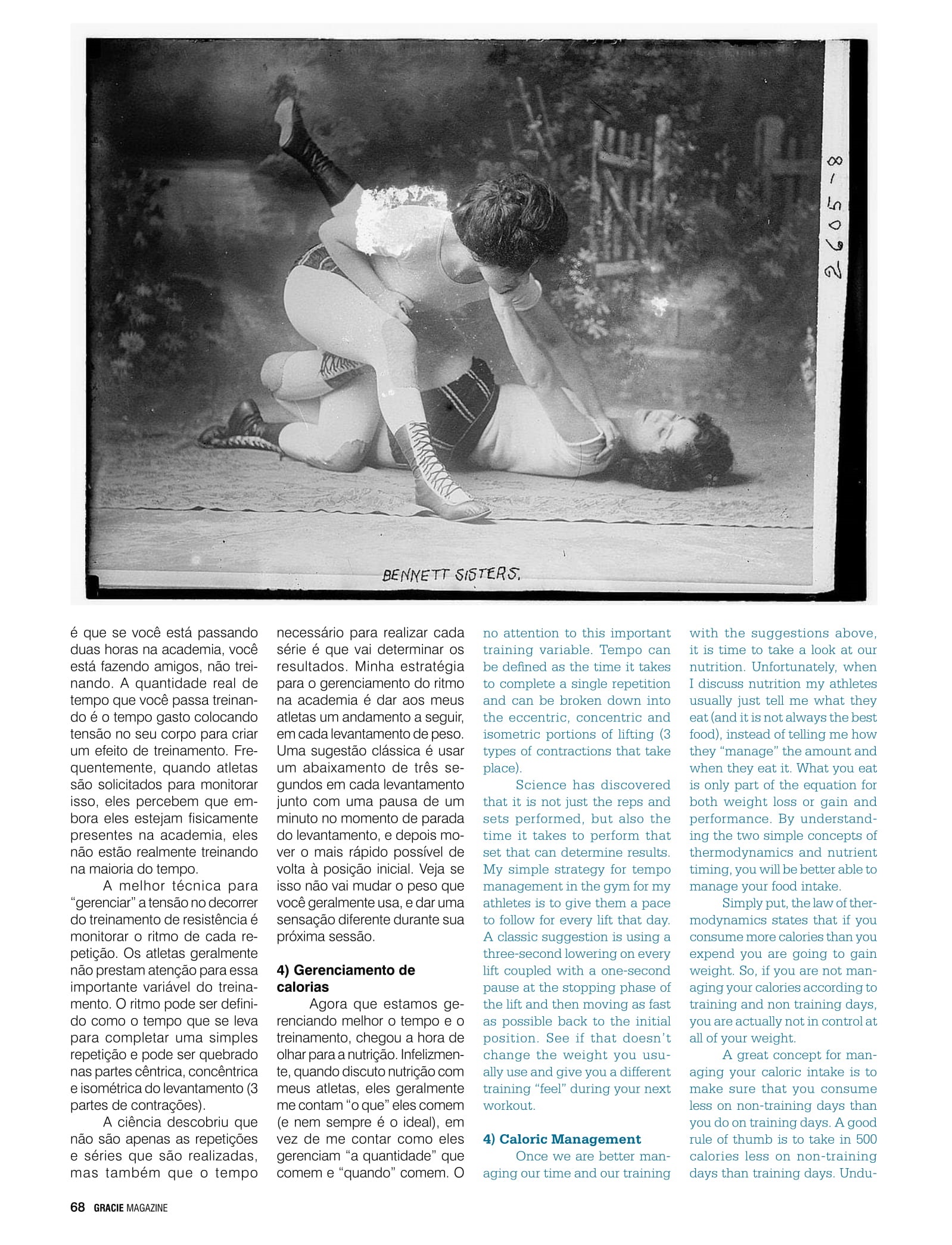
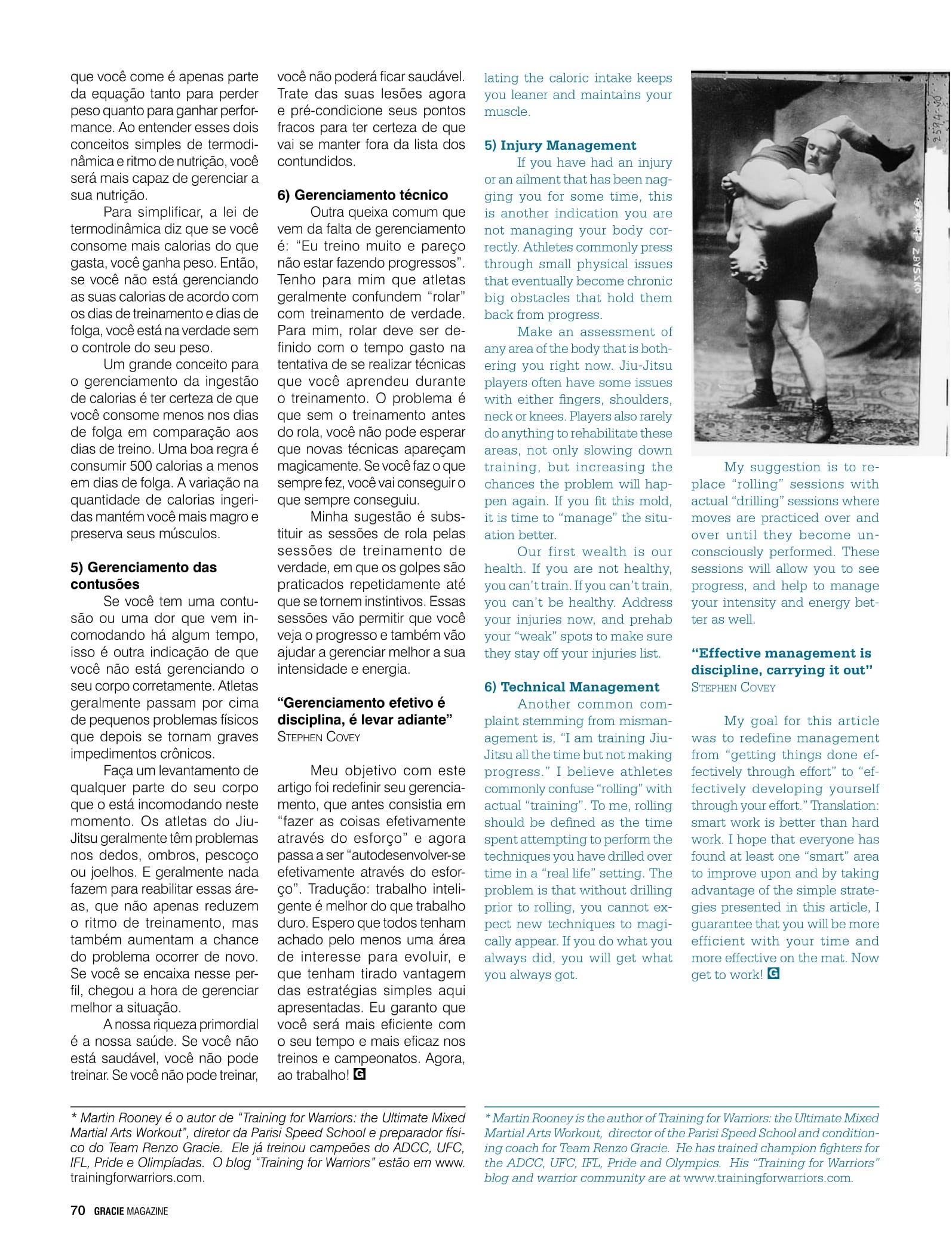
For a new training management
Small strategies can lead to big results
“Of all the animals, man is the most unmanageable” Plato
As you flip through the pages of this issue, I’m sure you will read about the successes of some athletes and the narrow missing of championships by others.
That’s why I wanted, this month, to address what I consider the most important ability that can lead to the achievement of your athletic goals: Training Management.
Whether you are a champion or a challenger, I guarantee that your training management skills can be improved. Over the years of both competing and training high-level athletes, I have seen management techniques of champions that were not employed by the athletes who often came up short. This article breaks down training management into numerous categories and offers some simple solutions on how to improve in these areas. Although training and time management concepts often seem “common sense,” I have found that this ability is not so common in the training world.
The speed of life is moving faster than ever. I know that your life has many “moving parts” to keep in order. When it comes to your training, I promise that management will be the key to the results that you either do or do not achieve. This article will remind you that you might be mismanaging in a few areas a lot more than you think.
“Lots of folks confuse bad management with destiny” Kin Hubbard
I have heard that, “If you can’t measure it, you can’t manage it.” I love this quote because I have found its profoundness to be true, and because it can open up an athlete’s mind about what is missing in their training (as well as other aspects of their life they are not measuring).
Almost everyone I meet or train tells me that they would like to have less body fat, more muscle, better technique, less injuries and more time for their training. When I ask them, however, how they are measuring (and in essence “managing”) the processes to gain these results, their answer is usually a blank stare.
“Management by objective works – if you know the objectives. Ninety percent of the time you don’t” Peter Drucker
Management starts with goals. Many athletes, whether they like to admit it or not, have not specifically defined their goals. So I ask you, if you don’t really have exact goals and are not really measuring how to get there, don’t expect something magical to happen. If you do what you always did, you will get what you always got. Don’t be shocked when maintaining the same poor management style gives you the same poor results.
This article does not have the luxury of being long enough to set every goal or cure all mismanagement problems, so I will outline six areas that must be managed for successful training and provide potential solutions for common mismanagement.
1) Time Management
Your life happens moment to moment and you never know which of those moments will have the greatest impact. You should know, however, that how and where you spend most of your moments will surely determine your destiny.
People often complain of how they would be able to achieve their goals if only they had more time. I want to remind readers that it is not how much time you have (you have the same amount as people more successful than you), it is how you “manage” that time. So you don’t have a lack of time, you just have a lack of control over the time you’ve been given.
“All time management begins with planning” Tom Greening
There are 168 hours in a week. If we agree that eight should be spent sleeping each night (and it should) and around eight should be spent working each day, that would still allow for eight more hours each day available for amazing things (and that is if you work seven days per week)!
Now I have to challenge you. How are you spending those extra eight hours per day? If TV, internet surfing, computer games, texting friends and or lying around the house is filling most or even some of that time, you are wasting your most precious commodity. An ounce of gold cannot buy back an ounce of your time once it is poorly spent.
Take an inventory this week of where you are spending your free time and “manage” it. If you are not allocating that time toward achieving your goals, you must make some simple changes that may lead to some big results.
2) Energy Management
Now that you have taken a much closer look at the way you are spending your time, you should have found a number of hours available to spend training. After this exercise, my next challenge is to examine how you are actually “managing” your energy throughout the week.
All too often when people have found new training to fit into their schedule, they sometimes do more harm than good. Not because they are getting in more quantity, but because they don’t know how to manage the intensity of the actual training.
Simple signs of energy mismanagement are being overtired, sore, chronically injured, less desire to train, and losing weight. If any of these are happening (and I know they might), you must take a hard look at both how you apply the intensity of your training and how to better manage it. Simple energy-level evaluation can keep your training more consistent and accelerate results.
If Monday was a very intense day that involved upper body lifting and then an all-out Jiu-Jitsu session that evening, you must recognize that if you are going to train on Tuesday, perhaps drilling at a lower intensity would be a better choice to let your body do the most important thing: recover.
By undulating the intensity throughout the week, you can minimize soreness and injuries, as well as allow your muscular, nervous and adrenal systems to recover. Not paying attention here can cost you in the long run.
Another piece of advice is to not be afraid to skip a day. Although your mind may think in a week of seven days, your body doesn’t know the difference. If it is tired, it doesn’t care what day it is or what is on the schedule. The body cares about getting rest.
3) Tension Management
Athletes often tell me “how long” they are in the gym. I like to remind these athletes how it is not the length of time, but what happens during that time that counts.
My point is that if you are spending two hours in the gym, you are making friends, not doing resistance training. The real amount of time you are actually training is the time spent putting tension through your body to create a training effect. Often when athletes are asked to monitor this, they realize that although they are physically present at the gym, they are not really “training” for most of that time.
The best technique to “manage” tension throughout a resistance training workout is by monitoring the tempo of each repetition. Athletes often pay no attention to this important training variable. Tempo can be defined as the time it takes to complete a single repetition and can be broken down into the eccentric, concentric and isometric portions of lifting (3 types of contractions that take place).
Science has discovered that it is not just the reps and sets performed, but also the time it takes to perform that set that can determine results. My simple strategy for tempo management in the gym for my athletes is to give them a pace to follow for every lift that day. A classic suggestion is using a three-second lowering on every lift coupled with a one-second pause at the stopping phase of the lift and then moving as fast as possible back to the initial position. See if that doesn’t change the weight you usually use and give you a different training “feel” during your next workout.
4) Caloric Management
Once we are better managing our time and our training with the suggestions above, it is time to take a look at our nutrition. Unfortunately, when I discuss nutrition my athletes usually just tell me what they eat (and it is not always the best food), instead of telling me how they “manage” the amount and when they eat it. What you eat is only part of the equation for both weight loss or gain and performance. By understanding the two simple concepts of thermodynamics and nutrient timing, you will be better able to manage your food intake.
Simply put, the law of thermodynamics states that if you consume more calories than you expend you are going to gain weight. So, if you are not managing your calories according to training and non training days, you are actually not in control at all of your weight.
A great concept for managing your caloric intake is to make sure that you consume less on non-training days than you do on training days. A good rule of thumb is to take in 500 calories less on non-training days than training days. Undulating the caloric intake keeps you leaner and maintains your muscle.
5) Injury Management
If you have had an injury or an ailment that has been nagging you for some time, this is another indication you are not managing your body correctly. Athletes commonly press through small physical issues that eventually become chronic big obstacles that hold them back from progress.
Make an assessment of any area of the body that is bothering you right now. Jiu-Jitsu players often have some issues with either fingers, shoulders, neck or knees. Players also rarely do anything to rehabilitate these areas, not only slowing down training, but increasing the chances the problem will happen again. If you fit this mold, it is time to “manage” the situation better.
Our first wealth is our health. If you are not healthy, you can’t train. If you can’t train, you can’t be healthy. Address your injuries now, and prehab your “weak” spots to make sure they stay off your injuries list.
6) Technical Management
Another common complaint stemming from mismanagement is, “I am training Jiu-Jitsu all the time but not making progress.” I believe athletes commonly confuse “rolling” with actual “training”. To me, rolling should be defined as the time spent attempting to perform the techniques you have drilled over time in a “real life” setting. The problem is that without drilling prior to rolling, you cannot expect new techniques to magically appear. If you do what you always did, you will get what you always got.
My suggestion is to replace “rolling” sessions with actual “drilling” sessions where moves are practiced over and over until they become unconsciously performed. These sessions will allow you to see progress, and help to manage your intensity and energy better as well.
“Effective management is discipline, carrying it out” Stephen Covey
My goal for this article was to redefine management from “getting things done effectively through effort” to “effectively developing yourself through your effort.” Translation: smart work is better than hard work. I hope that everyone has found at least one “smart” area to improve upon and by taking advantage of the simple strategies presented in this article, I guarantee that you will be more efficient with your time and more effective on the mat. Now get to work!
—
* Martin Rooney is the founder of the Training for Warriors system and has trained champion fighters for the UFC, Pride, ADCC and Olympics. His TFW fitness program is used in over 175 facilities in 25 countries around the world. Information about TFW certifications at trainingforwarriors.com.



